The story of the dwarf Geoffrey Hudson-knight, duelist and favorite of the English Queen
Categories: History
By Pictolic https://pictolic.com/article/the-story-of-the-dwarf-geoffrey-hudson-knight-duelist-and-favorite-of-the-english-queen.htmlHistory has known many cases when dwarfs were close to persons of royal blood. But there is only one known case in which a dwarf turned from a buffoon into a brilliant aristocrat and received a knighthood. In the 17th century, the son of a village butcher, Geoffrey Hudson, presented to Queen Henrietta Maria of England as a living toy, achieved a position at court that could only be dreamed of by tall dandies from the best noble families.

In 1619, a boy was born to Hudson, a butcher from Okeham in the East Midlands. The child, named Geoffrey, was very tiny and did not seem to grow up. For a villager, also a butcher, the birth of a disabled son was a real tragedy, because he was a very dubious assistant. At 7 years old, young Hudson was only 18 inches (45 cm) tall and rode a dog like a horse.

Times were hard and hungry, so when the butcher and his wife were asked to give their dwarf son to the Duke of Buckingham, they immediately agreed. But Geoffrey did not stay at the Duke's castle – the aristocrat, wanting to ingratiate himself with King Charles I and his wife Henrietta Maria, presented them with the boy as a gift.
The Duke of Buckingham decided to present a surprise as effectively as possible. During one of the feasts at the court of Charles I, a huge cake decorated with gold was brought into the hall. As soon as the amazing dish was in front of the queen, its top crust burst and a tiny but beautiful child in miniature armor appears from the depths of the pie.
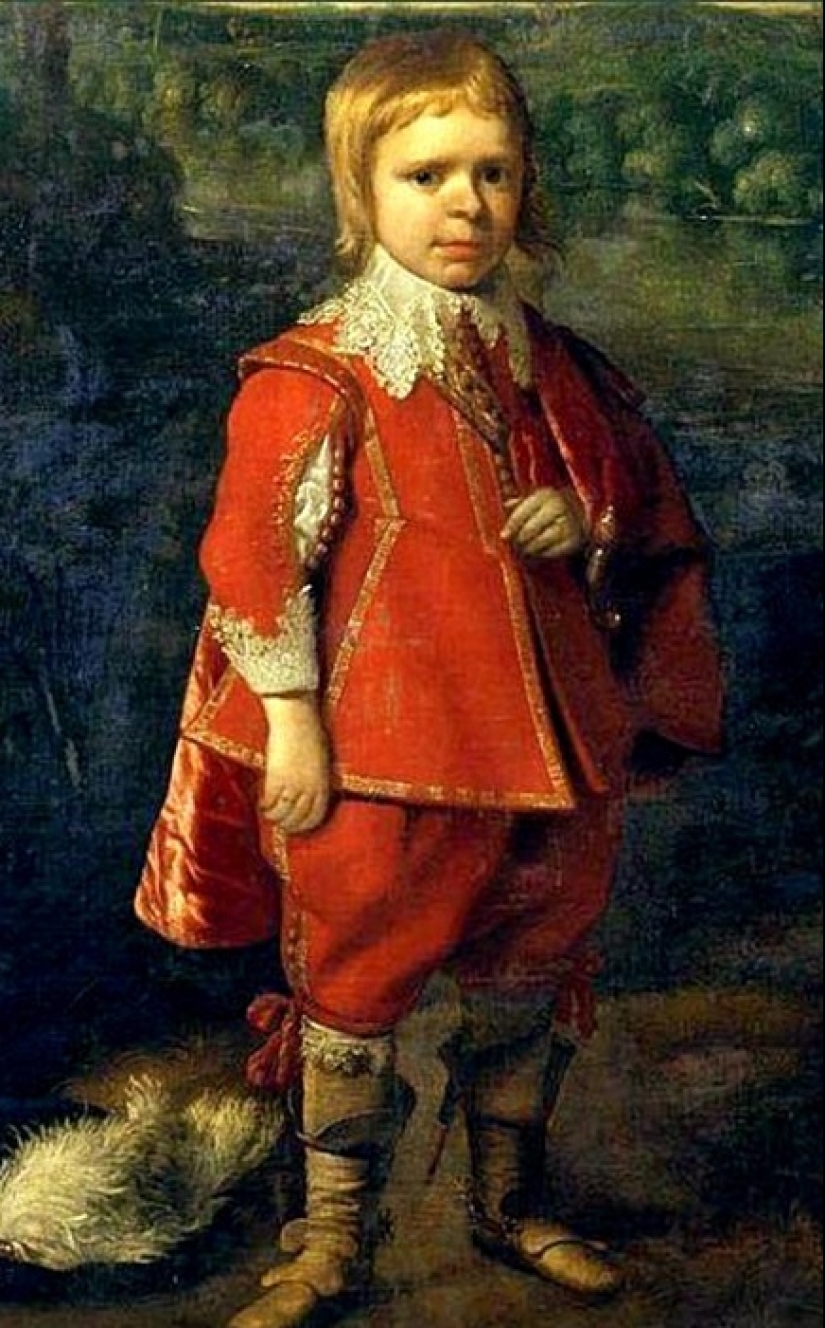
The little boy was holding a royal flag, which he waved as he marched across the table among the astonished courtiers. A child with brown curls and huge brown eyes crossed the table several times and finished his procession in front of the young queen, kneeling on one knee and putting a hand in a tiny steel glove to his chest.
Needless to say, Henrietta Maria was amazed and moved by the gift. After the feast, Geoffrey Hudson took the royal carriage to the Danish House, the Queen's London residence. The king's young wife, a Catholic from France, felt lonely in Protestant England. Relations with her husband, Charles I, who was 10 years older, could hardly be called warm, and the queen's entourage was excommunicated from the court immediately after her marriage.
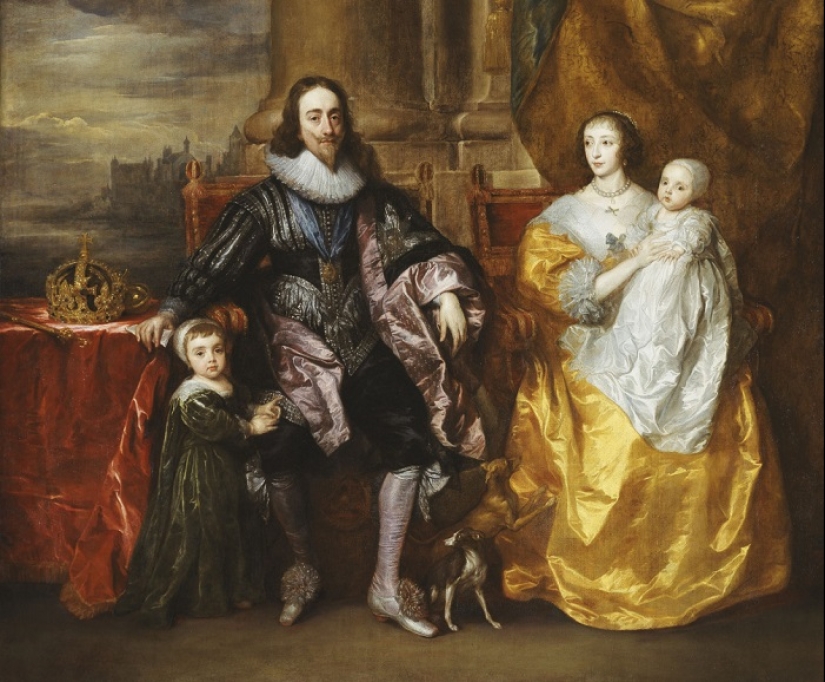
Little Geoffrey became a real salvation for the longing queen. He was smart beyond his years, witty and reckless despite his tiny stature. Henrietta Maria shared the most intimate things with Hudson and asked for his opinion, and he, in turn, kept secrets and could always give good advice.
Geoffrey's loyalty was highly valued by the Queen. The dwarf received an excellent education, was trained in manners, dressed like a true courtier, and even had his own servant. At the age of 14, Hudson was trained to fence and handle small pistols and a musket specially made for him. The kid even went on a royal hunt, surprising everyone with his reckless prowess and accurate shooting.
At the age of 21, the queen put Geoffrey on maintenance and he began to be paid from the treasury 50 pounds a year. This was a very good sum, allowing the young man to have no need of anything, even without the royal favors showered on him. The queen's favorite dwarf not only accompanied his mistress everywhere, but also participated in many palace amusements. It is well known that Hudson played in plays where the main roles were played by the royals themselves.
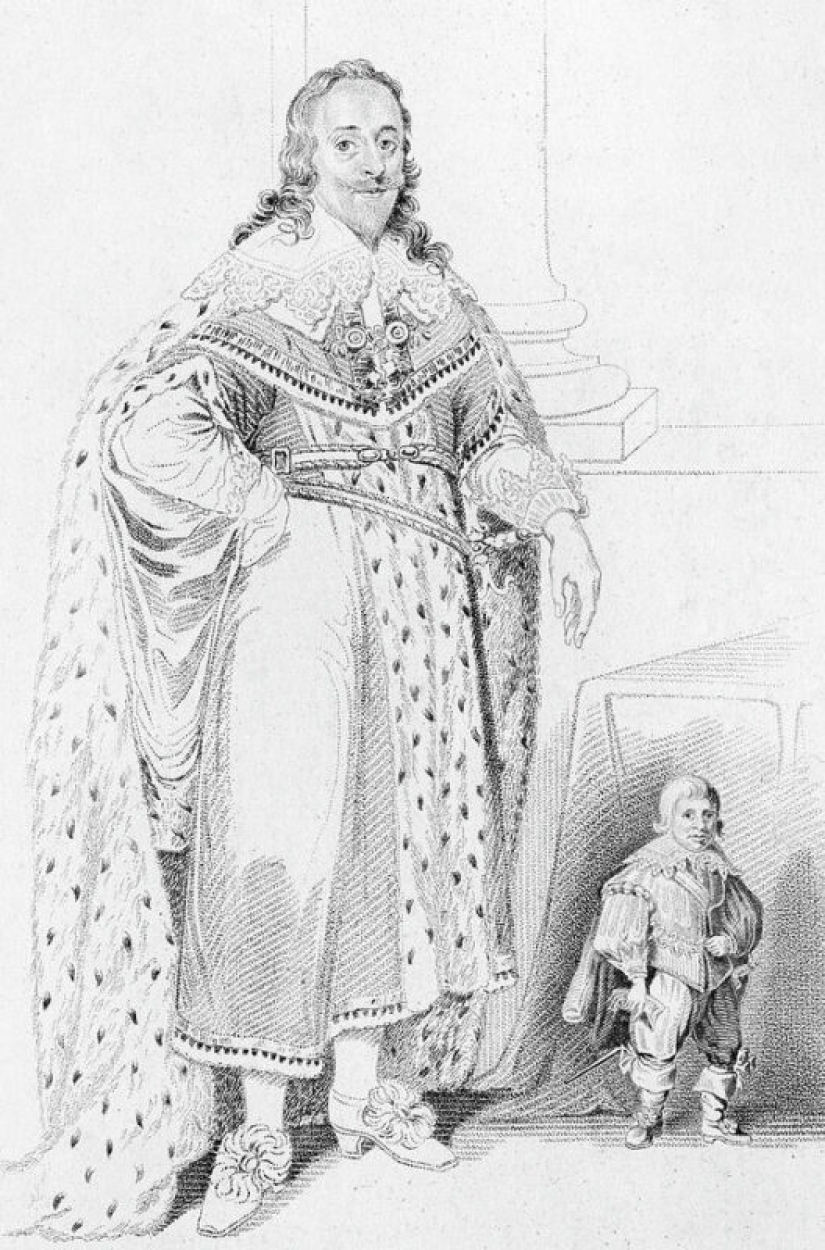
Hudson's carefree life at court continued until 1642, when the English Civil War broke out. Fighting, famine and devastation caused the death of almost half of the kingdom's population, and the king's wife Henrietta Maria was forced to leave the country and go to Holland, to seek funds and allies to save the monarchy. Of course, Geoffrey Hudson went with her.
On the evening of 22 February 1643, the Queen and her allies returned to England and landed on the coast of Yorkshire, in the small port of Bridlington. In the morning, the detachment was attacked by the enemy, who fired at the camp with cannons and tried to surround it with cavalry.
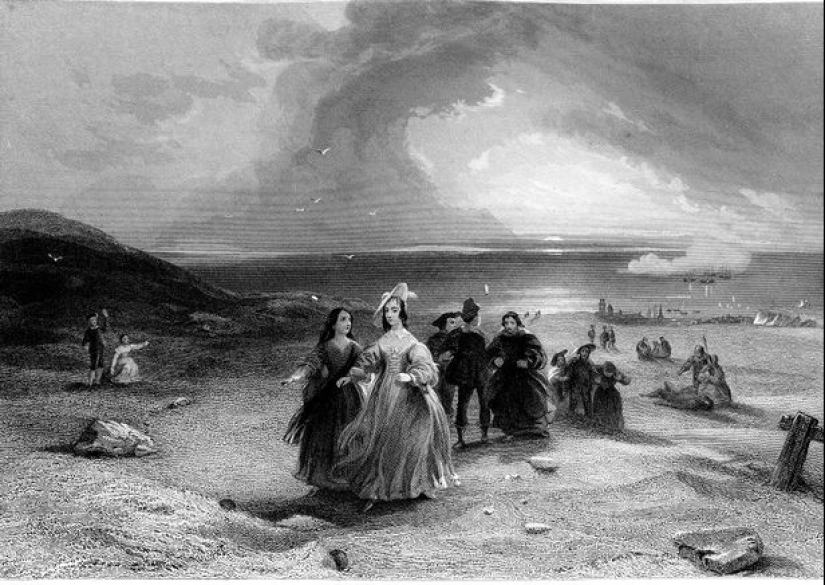
Most of the men in the king's troop panicked and started to hide, but Geoffrey, who was barely 20 years old, grabbed a sword and a pistol and charged at the enemy, setting an example to others. The attack was repulsed, and the queen was saved. This further strengthened the young man's position at court.
But the most remarkable example of courage Hudson showed in the battle of the Royalists with the supporters of the Parliament near Oxford. Prince Rupert led the charge of the royal cavalry, and Geoffrey, who was only 1 meter tall, stood in the front ranks of the attackers. The enemy was put to flight, and the dwarf, who distinguished himself in battle, received the military rank of captain.
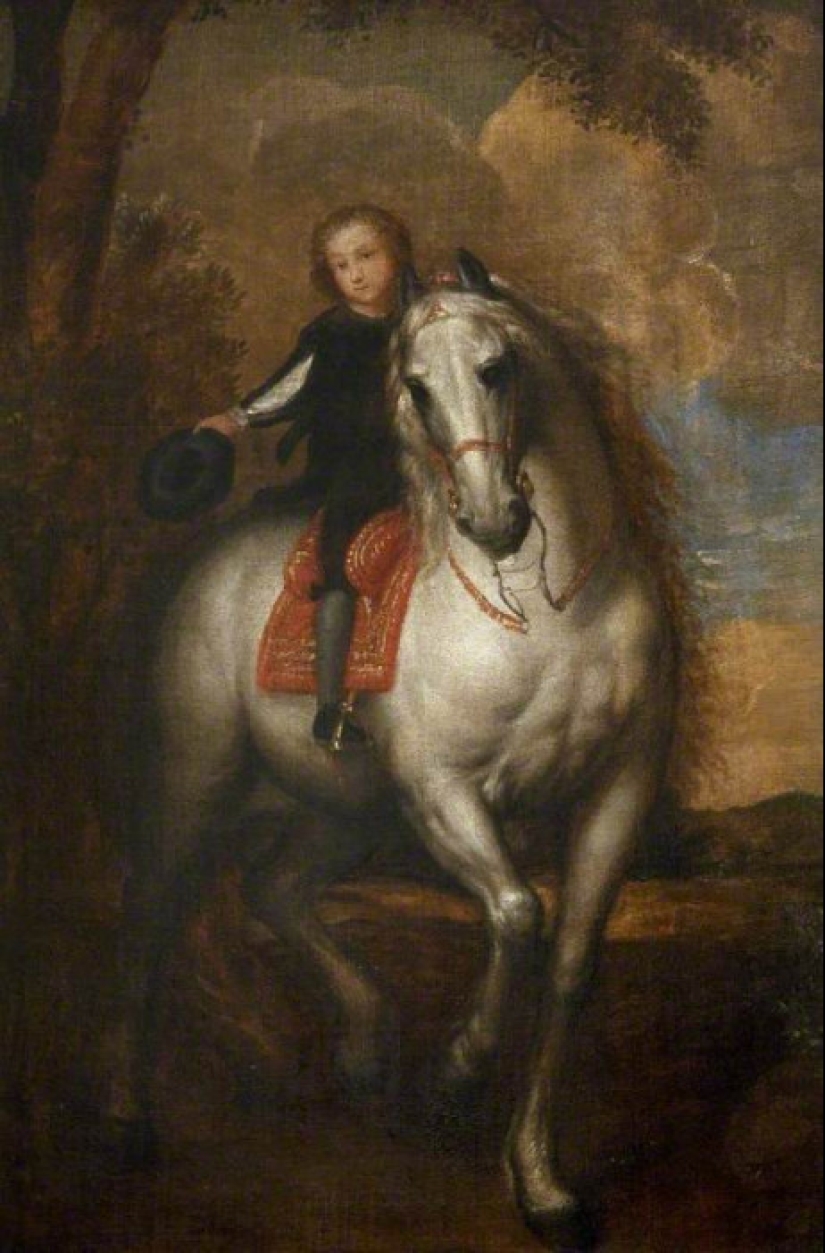
Walter Scott in one of the novels claimed that Hudson received a knighthood from the queen. There is no official confirmation of this information, but it is well known that the classic of English literature very carefully checked the historical information provided in his works.
Despite all of Hudson's achievements, he continued to be a target for ridicule because of his small stature. Even in exile in France, where the queen's dwarf was with Henrietta and her court, there were those who wanted to practice their wit.
The cup of patience of the noble Hudson was filled by a certain Charles Crofts-the brother of the royal riding teacher. Geoffrey was so annoyed with him that he challenged him to a duel. Duels were strictly forbidden, but the dwarf was furious and ready for anything. He forced the offender to draw a weapon and immediately, without hesitation, hit him with a bullet from a pistol right in the forehead. Crofts was killed outright, with those present claiming that the fight was fair.
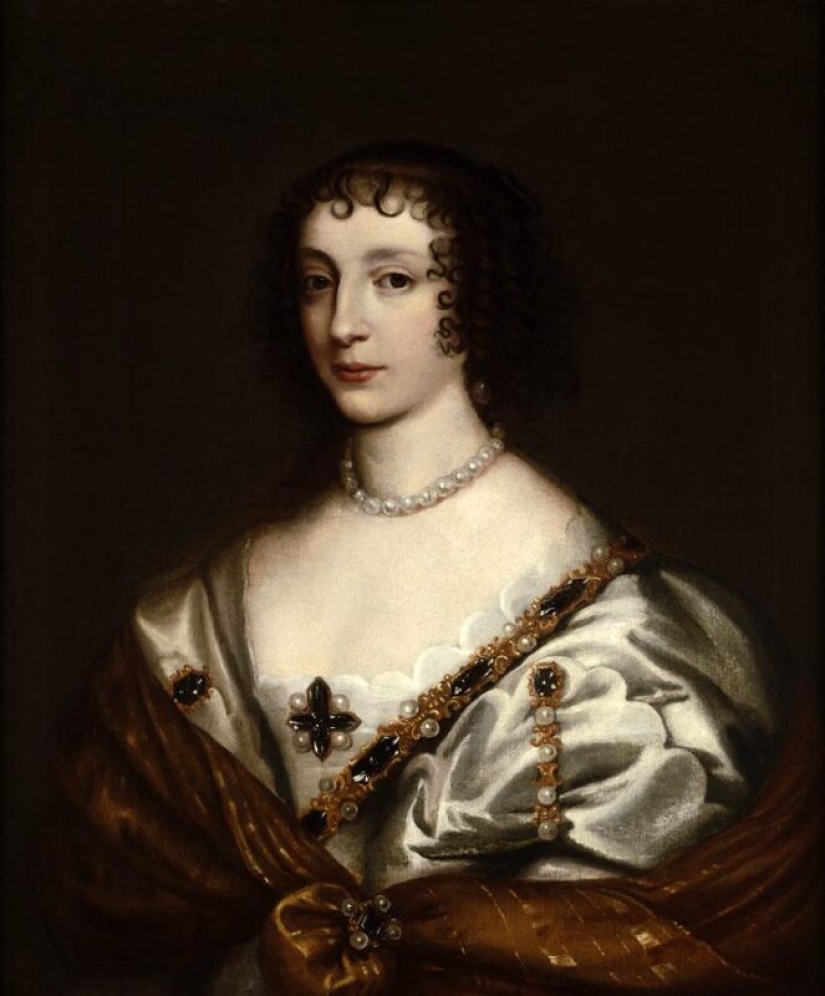
But no one was interested in such subtleties – the queen's favorite was accused of the death of a courtier and, under pressure from her entourage, Henrietta Maria was forced to excommunicate Hudson from court. This happened in 1644, which was the beginning of a series of misfortunes for little Geoffrey.
A couple of months later, the merchant ship on which the disgraced knight went to wander was captured by Turkish pirates. A richly dressed, diminutive man with the airs of a true aristocrat was an unusual prize, for which you could get quite a lot of money. The dwarf was sent to a slave market in North Africa, where he was bought by a Berber chief.
Hudson spent the next 25 years of his life in slavery and nothing is known about this period of his life. Also, no one knows how he managed to escape from captivity and return to his homeland. In 1669, at the age of 50, Hudson was back at home, in Rutland County, where he had once been born.
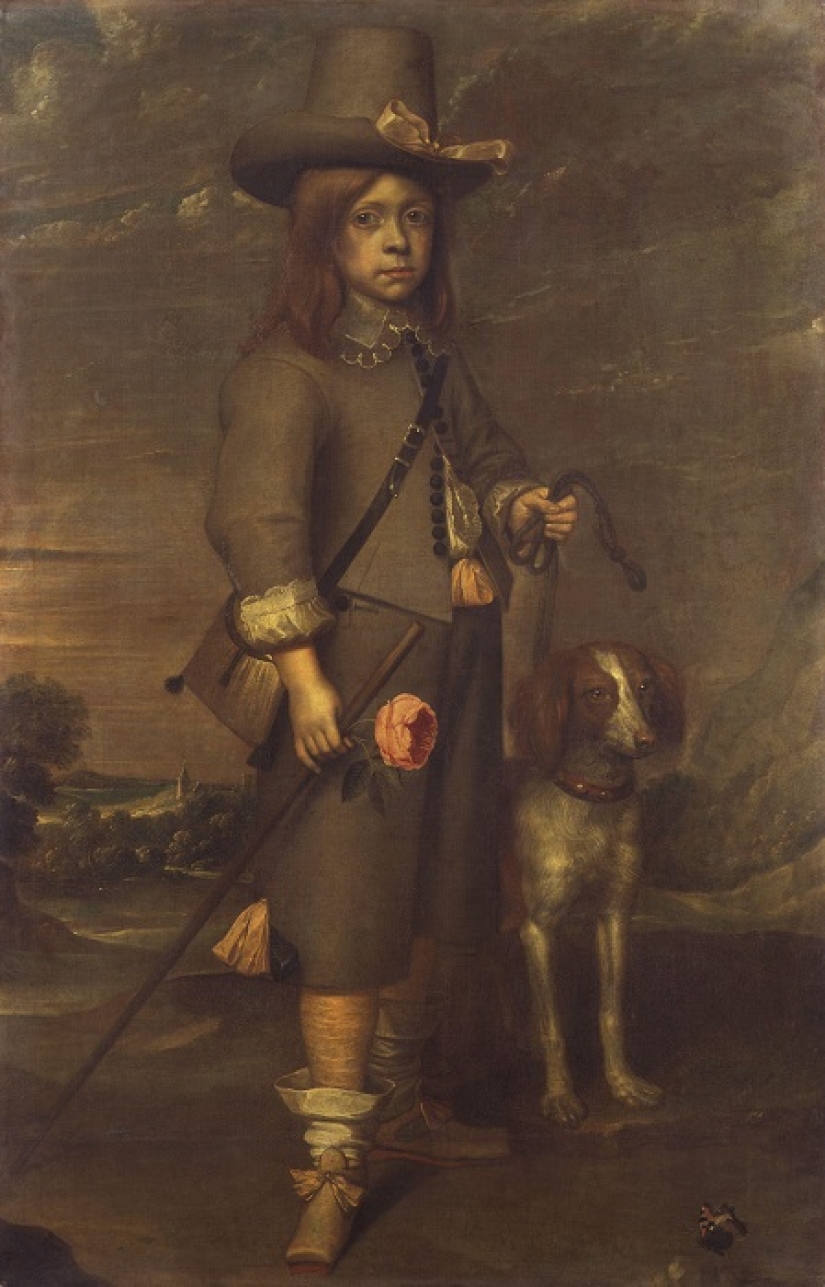
In the same year, his patroness, Queen Henrietta Maria, died, whose husband, Charles I, was executed in 1649. The king was Charles II, who did not care about other people's aging favorites. The new Duke of Buckingham, a descendant of the same one who gave the dwarf to the queen, appointed a modest allowance to the elderly dwarf, whose health was seriously shaken in a foreign country.
But the series of troubles in Hudson's life did not end. Someone found out about the return of a staunch royalist and a close confidant of the Catholic Queen to England and reported it to the authorities. Jeffrey ended up in prison, from which he was released only at the age of 60. A sick and impoverished dwarf was forced to flee from an inhospitable homeland, fearing for his life. How the life of this amazing man ended, as well as the place where he is buried, is not known to anyone.
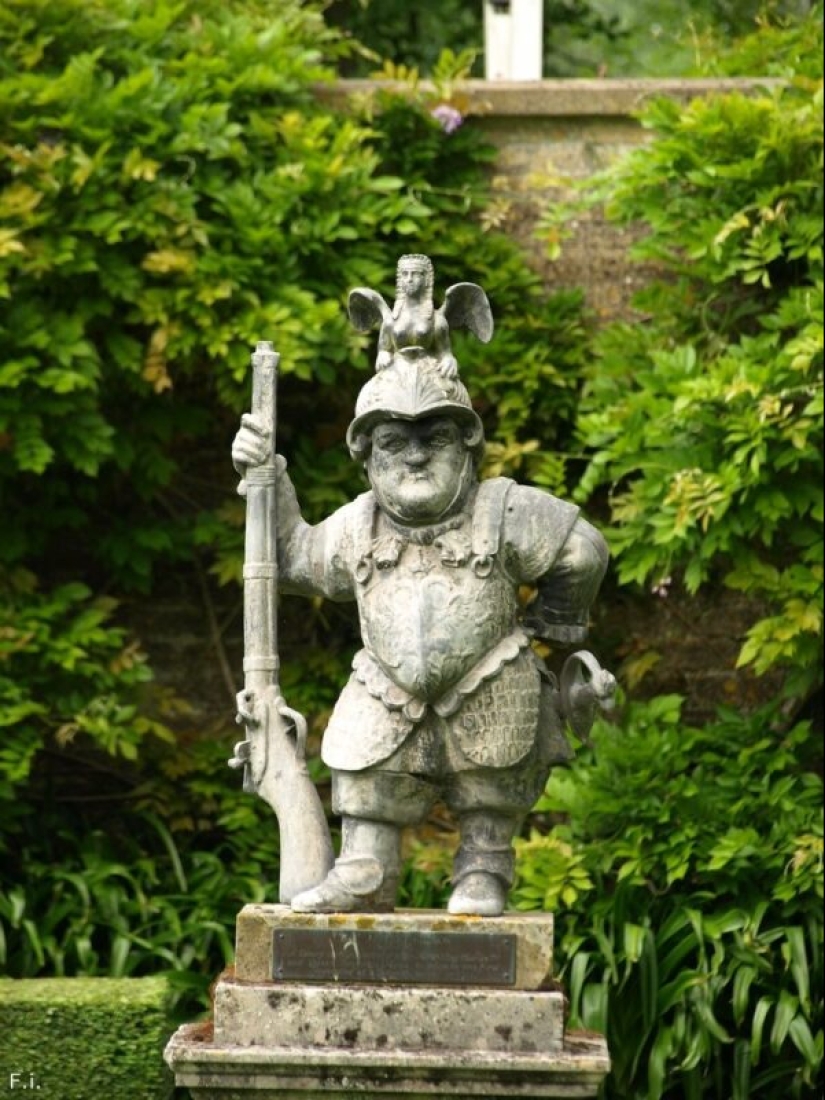
Many believe that Jeffrey Hudson was not a dwarf, but a midget, since in most lifetime portraits he looks miniature, but quite proportional. Only a few portraits and one sculpture, created many years after the death of the hero, depict him as a dwarf with a large head and short limbs. But we speak about this person as historical sources write. In the 17th century, lilliputians and dwarfs were not particularly distinguished, so an error is quite possible.
Keywords: England | Pirates | History | Attack | Queen | Dwarfs | Civil war | Duel
Post News ArticleRecent articles

Winter is a special time of the year, someone is afraid of her, someone is waiting for snow days to build a snowman or go down the ...

The heroes of their photos are used to humiliate others, cheerfully and carelessly shoot everything on the phone and post the ...
Related articles

In the Victorian era Britain was quickly urbanized. By 1851 it became the first country lived in cities of more people than in the ...

Many are tormented by the question — why do some grow long nails on his pinky. If you ask the owners of such "decorations", we ...

May West once jokingly said that she should be given a license to invent sex, which she discovered for Americans. The name of this ...

Every day, photographers around the world are looking for new ways to tell stories or capture something we haven't noticed ...